032: Sarita Sharma & the Making of Lieu Migrante
The designer on the process and evolution of her brand
Sarita Sharma wants a revolution. Through her lifestyle brand, Lieu Migrante, the Milan-based designer and wearer of many hats is reimagining the traditional business model in the fashion, beauty, and homeware industries. Lieu Migrante is Sarita’s way of showing the world that you can’t have too many interests if you cultivate and evolve your passions in a focused and meaningful manner. Since the Lieu Migrante’s inception over eight years ago, the designer’s collections have included sumptuous taffeta silk pillows, Murano glass tumblers, clothing in breezy cottons and decadent brocade, heady perfumes, incense and more. What makes these objects unique is how they explore and play at the intersection of the designer’s own cultural background.
Of Indian and Italian heritage, Sarita was born and raised in a small town near Venice, Italy. “That is where my relationship with beauty began,” she says. Though Sarita the conceived the founding vision for her brand before completing university, she identified the value of experience and upon graduation, learned what it takes from the inside, holding positions in both fashion and interior design. Today, Lieu Migrante has grown into a full-time project, from pop-ups in Tokyo to collaborating with local businesses in Milan. Sarita is currently working on a very adventurous project but, true to her Italian-side, is superstitious about discussing it further until completion. All I can say about it is: you’re in for a ride!
Tell us a bit about yourself.
I was born to an Indian father and an Italian mother; they met during my grandfather's first trip to India, in the town of Khajuraho, famous for its temples, some of which depict erotic art in its interiors and facade. Back in the late 90s, I was the only brown kid in my school, living in a small town where people were still very closed-minded. Until the age of twelve, I experienced a lot of racism. I developed (physically speaking) earlier than the other kids my age, so I went from being bullied to being objectified and hyper-sexualized as "the exotic one." Even though I always felt disconnected from that place, I found a safe harbour in the beauty that surrounded me during my long walks in Venice and school trips to the Palladian villas.
At the age of 19, I packed a huge suitcase full of dreams and moved to Milan to attend the faculty of Fashion Design at NABA (Nuova Accademia di Belle Arti). In the middle of that frenzy, almost all my little dreams turned into reality. Even though I'm lately in need of more quiet, I'm kind of grateful to Milan. It's here where I started to think about the concept of Lieu Migrante, met my dearest friends, and my husband.
Lieu Migrante reads a bit like a reflection of your own background as both Indian and Italian. What was it like growing up with two distinct cultural identities?
Now, at the age of 30, I feel totally blessed to be the daughter of these two incredible countries. But shaping my identity according to them wasn't that easy. As I mentioned before, I was born to an Italian mother and an Indian father, but grew up in a Western/white environment. I consider myself (culturally and intellectually) European, but of course, I've been to India for the first time when I was six months old. We used to go there for two months per year.
India was (and still is) my happy place. I have these clear childhood memories of being at Khajuraho's temples, surrounded by bougainvillaea, monkeys, and little green peacocks. I think my real self, even when I'm in Europe, wanders there between those trees and those ancestral structures of sandstone. But going back to the issue of identity, I'm always struggling, if I'm honest, trying to create a dialogue between the rational and the spiritual.
How did you conceive of Lieu Migrante, and how would you describe the brand?
Lieu is a French word and means "place". I'm obsessed with the concept of place and space and how my mood differs according to them. In my fantasy, Lieu Migrante is just an utopian entity between Italy and India, that migrates to new locations. An habitat made of objects, clothes, carpets, and fragrances for everyday use. A place of peace removed from canonical European beauty. A place freed from judgments, maybe a little bit libertine and lustful.
You've developed a range of products for the brand, from glamorous brocade coats to scents and Venetian glassware, which no doubt requires knowledge of these different subjects. Do you have a background in fashion or interior design, or has it been a journey of independent study?
I graduated from fashion school in Milan, but during my studies, I realized I was more into contextual design. Once I graduated, I gained some experience in the field of fashion communication, showroom operations, styling, and set design. As my parents were both traders, I grew up with a special passion for antiques and home decor.
My mom was always dressing in Dries (Van Noten) while working, and I think this is when I started to have knowledge about fabrics and fit. I followed a very classical academic path, but honestly, I think I've learned more while traveling, while connecting with artisans, and my infinite curiosity. I'm just a designer, and I'd be nothing without the work of the artisans who turned my ideas into reality.
What is your process for product development? Where do you source your materials from and where are they manufactured?
Everything is manufactured between Italy and India. I don't draw. I always need to start from a prototype in place and a lot of image research. I go around with my phone and take pictures of examples of the product I'd like to create, and see how I can place it into the Lieu Migrante world.
Despite being aware of the fact that we are living in a virtual world, and that I could easily do my research from home, I love to take long city walks in my favorite cities, such as Paris, Venice, Brussels, and Antwerp, for example, observing locals, and analyzing what's already commercially available. I'd like to think about clothes as objects in their own habitat. I have to be honest: I'm a little bit fed up and bored with the “fancy” approach to fashion. I think fashion is more profound than that. I'm entering a new personal era, and what matters for me now is the environment I'm living in and how to be aligned with it.
Your collections read as chapters: now is the time for the olfactory; now is the time for taffeta cushions. What is the motivation behind releasing deliberate and tightly-edited collections?
I think it’s the determination to offer an alternate different business model.
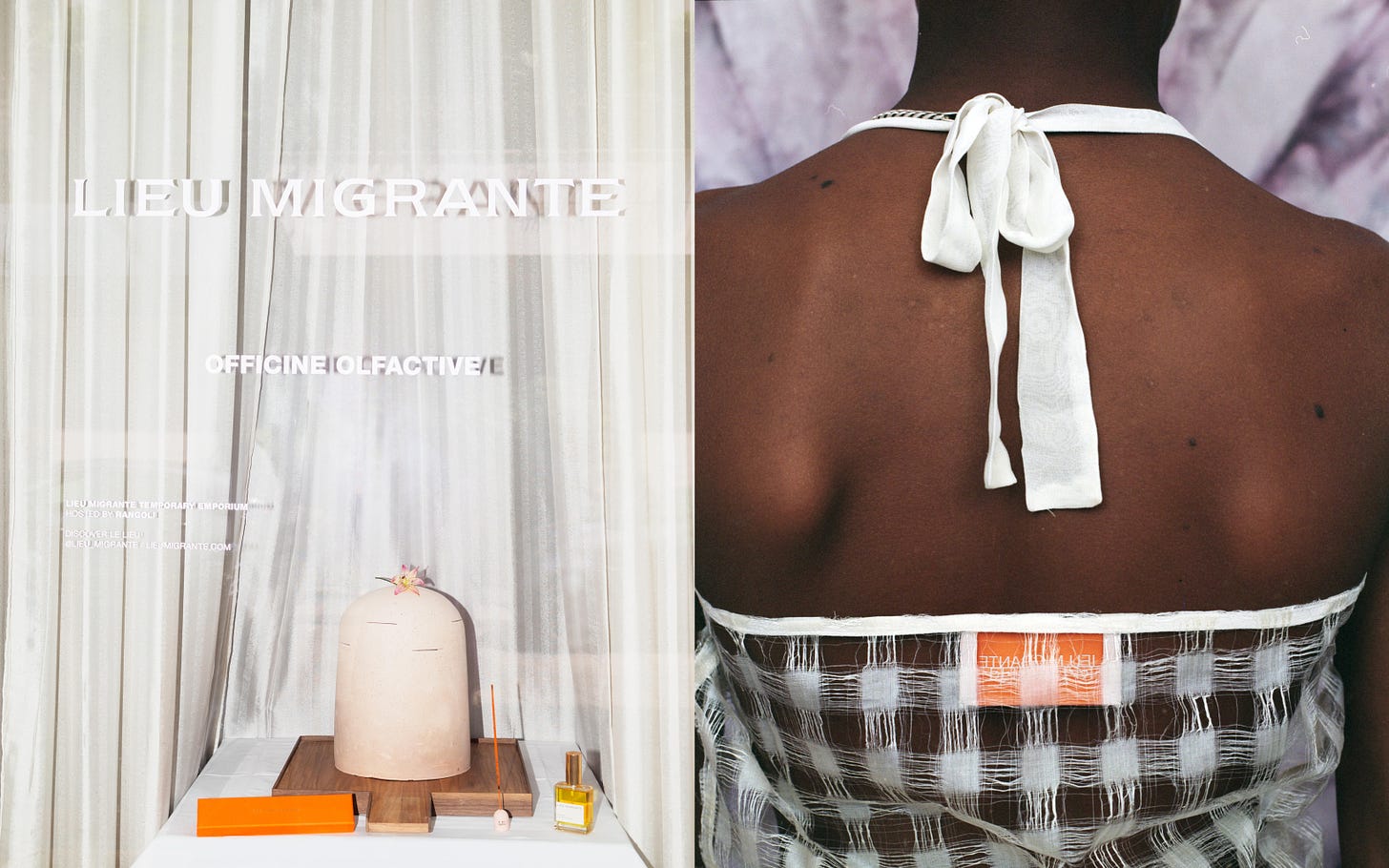
What have been the most challenging and rewarding collections/products you've worked on?
That's a difficult question! I think the most mature project is for sure the one I'm working on, called "Officine Olfactive," an investigation about the use of scent and the perception of it through different tools and approaches. In particular, the fragrance "Khajur" is crafted to encapsulate the scents and elements present within a Shiva temple in Khajuraho. During my honeymoon in Japan, I found a book by Sophie Calle, with this introduction: "I met people who were born blind. Who had never seen. I asked them what their image of beauty was." The "beauty" of a scent can be perceived also by someone who cannot see; appealing to the olfactory system is a way of making the concept of beauty more democratic.
What inspires you on a personal level and with regard to Lieu Migrante?
I get bored easily, that's why I'm in constant need of adrenaline. This led me to look for new impulses, which is very useful for my creative work but often difficult to manage with regard to my personal life. My taste and my idea of beauty are always in evolution. I'm a little bit loony. I would say that on a good day, everything could potentially inspire me.
I'll try to make a random list of what's inspiring me today, under the Tuscan sun: the colour of olive trees on a sunny day of September; eroticism beyond the body; Etruscan art; the devotion of women in front of Shiva temples in Khajuraho at 5 AM; old travel pictures belonging to my grandfather, Paolo; how hotel rooms look after you stayed there for one night or more; spending quality time alone in Paris; white and orange; a face that is aging naturally; Monica Bellucci; Andrea Zittel; String Quartet 3 "Mishima" by Philip Glass; Indian trains; bread with butter; tenderness; my unconventional family.
Another thing I find inspiring lately is the energy I feel when attending my riding lessons (dressage for jumping). When I’m in Tuscany, I usually reach the riding school at sunset time. It’s located at the foot of a small medieval village that assumes an unexpected orange light that reminds me of India. I see lot of me in these creatures, they are totally moody one day, then totally chill and balanced, the day after nervous and misbehaving; there’s no middle ground in this discipline, and I love it. In my opinion, it’s all about maintaining a mysterious balance between you and your horse. All my riding mates are a maximum of fourteen years old, and I just feel so pure again for those two hours.
Have you encountered any obstacles in establishing an independent brand? Are there any lessons you've learned along the way?
As Lieu Migrante was born as a multidisciplinary project, I think at the beginning it was difficult to communicate to others what the main goal was, to shape an identity. But luckily, with hard work – lots of baby steps – today I think the company has its own place among independent brands. Being a female entrepreneur is still new in our society. I remember at the beginning, when I was younger, while working on a glass project in Venice, they told me, "They won't take you seriously because you are a woman." A tailor in India asked me, "Who's your boss?" You know, it's so confusing sometimes to be a girl!
Do you have any advice for designers hoping to build their own brands?
I don't know how things are going in the States, but Italy is definitely not a country that encourages small businesses, so I'll answer this question in a fair, realistic way. An initial investment is certainly necessary. To start a business, you must have a generous attitude, make personal sacrifices, and invest smartly in the manufacturing of products and a strong discipline. Carry out a market analysis of existing brands similar to your idea and understand how to make the difference among the competition.
It is essential to have a great graphic designer. I'm lucky enough to be supported by my best friend from the beginning, Filippo Antonioli, who is, according to me, one of the best graphic designers in Milan at the moment, not just because he's my bestie! Check out his work. And at the end, of course, having the courage to always question yourself, and set aside perfectionism, just do it and have fun!
Are there any upcoming projects and/or collections you're working on?
Oui! I think it will be out in November. It's about light, devotion, and eroticism, an item that you can use it both to pray or make love, can't wait!



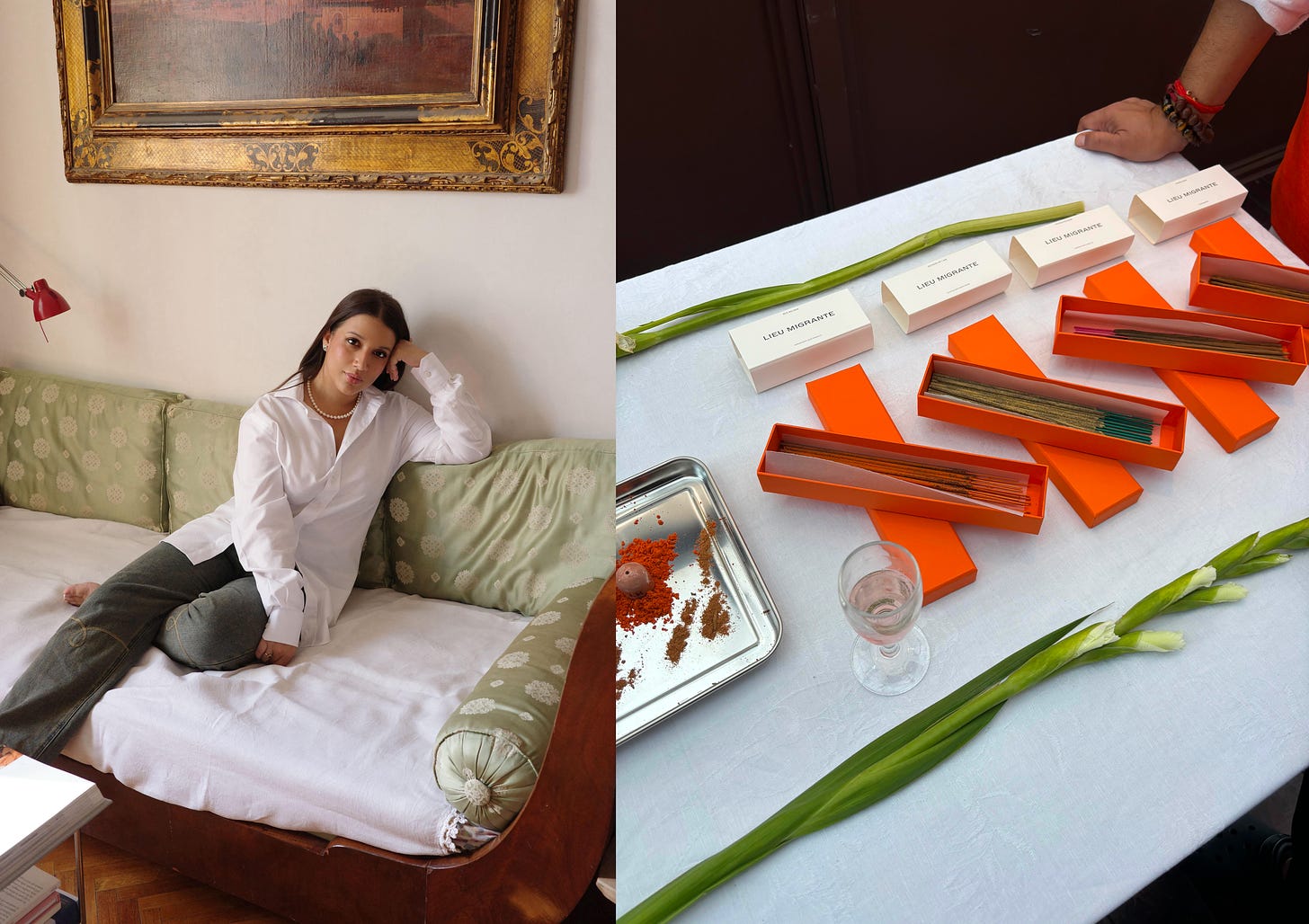
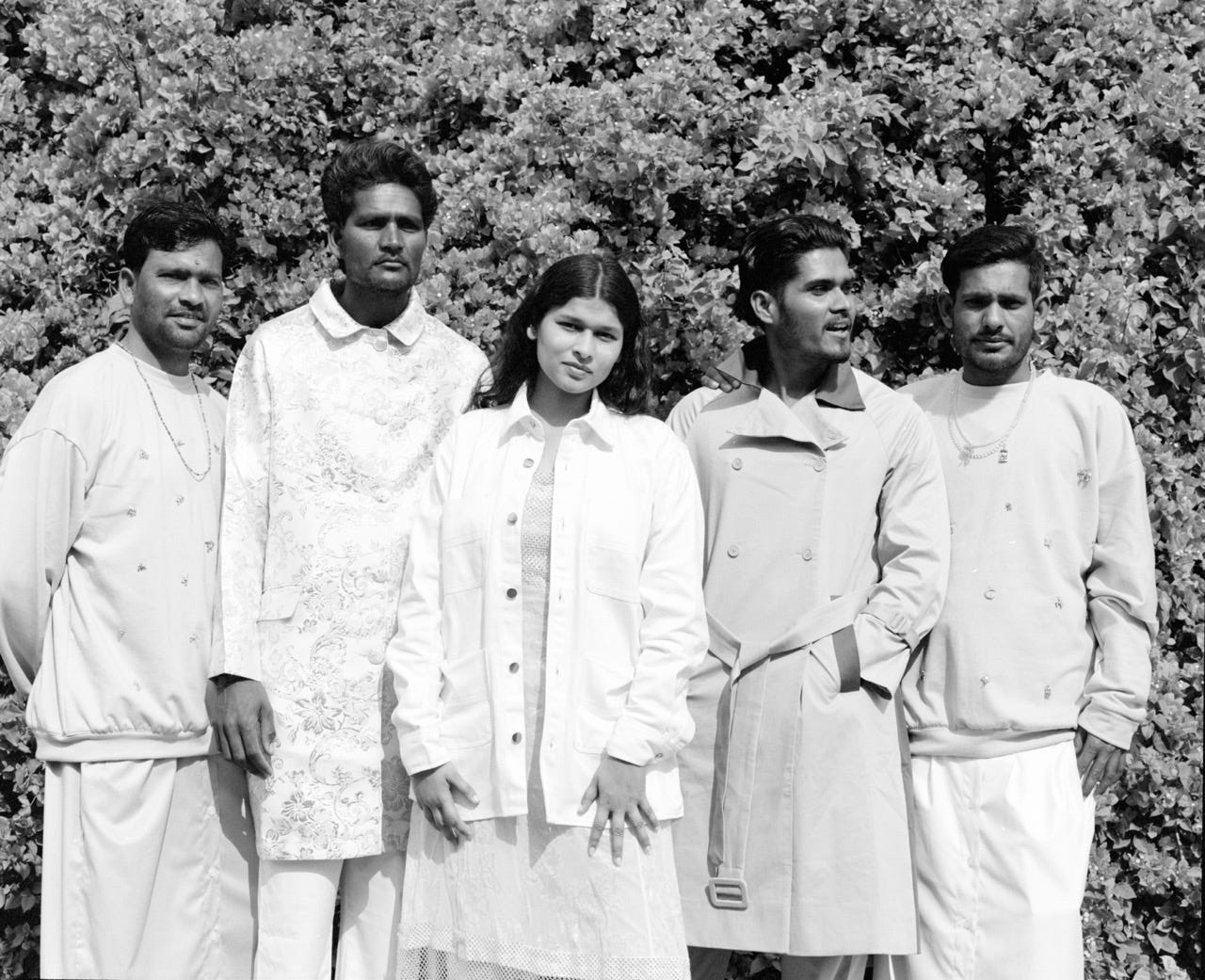
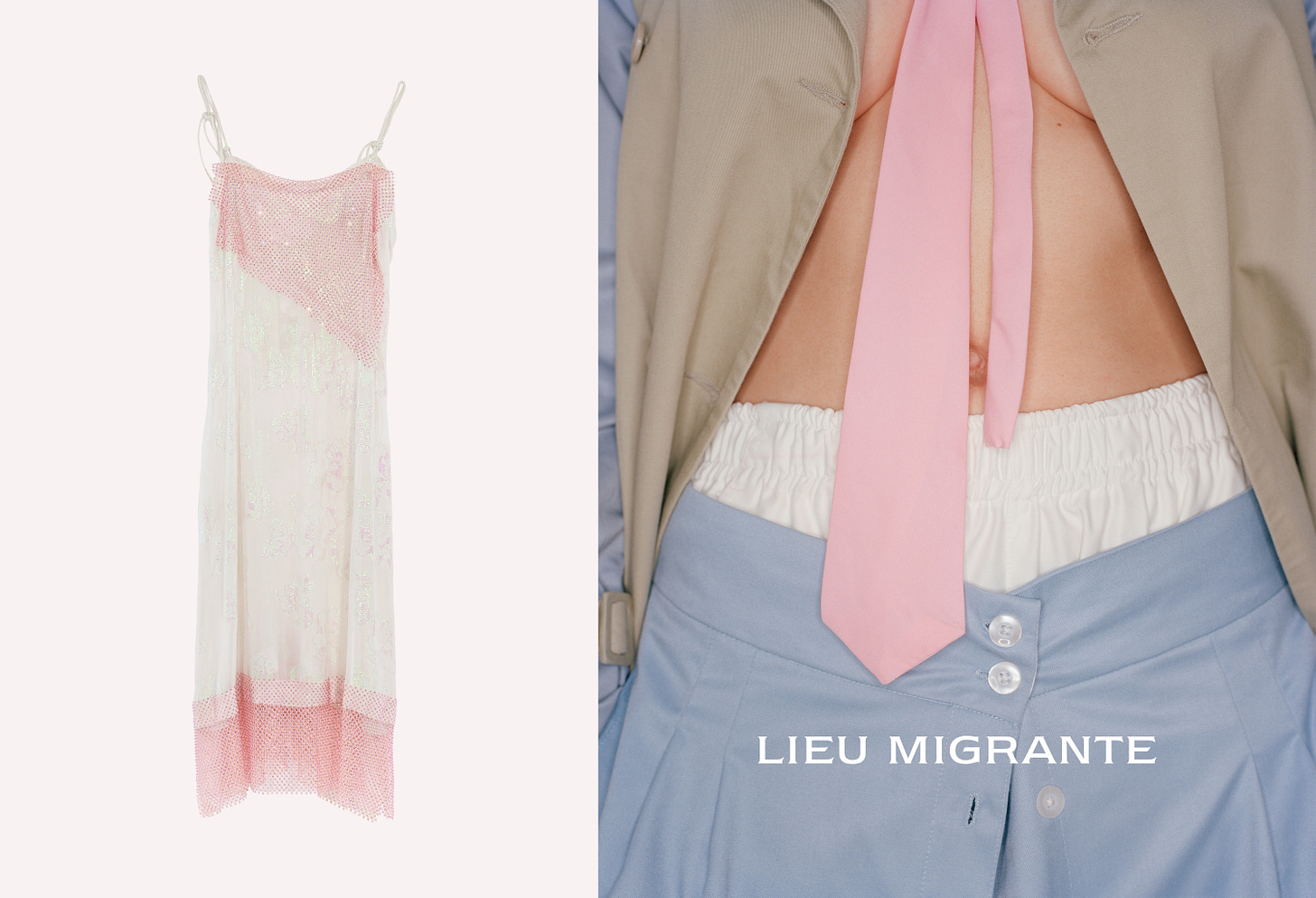
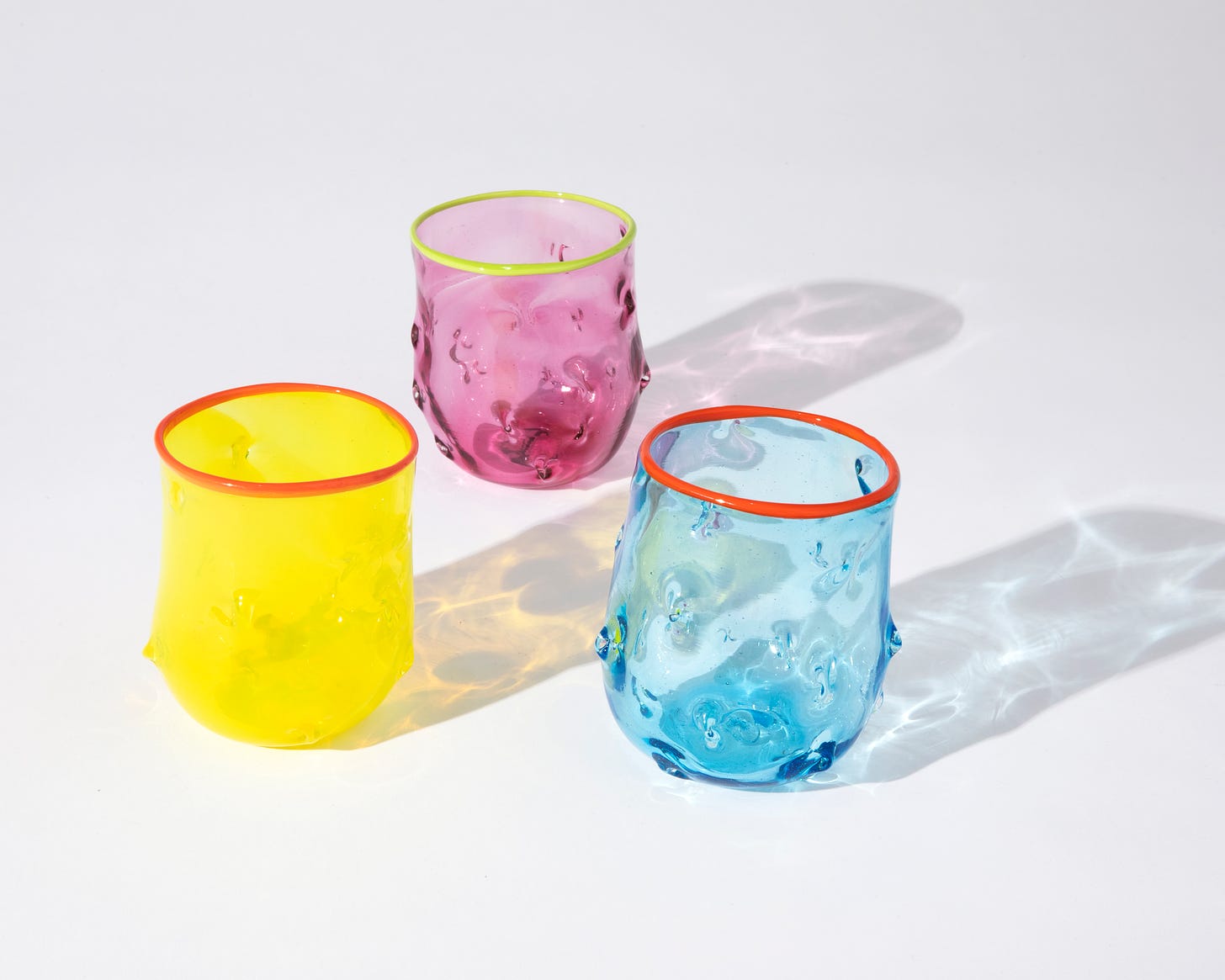
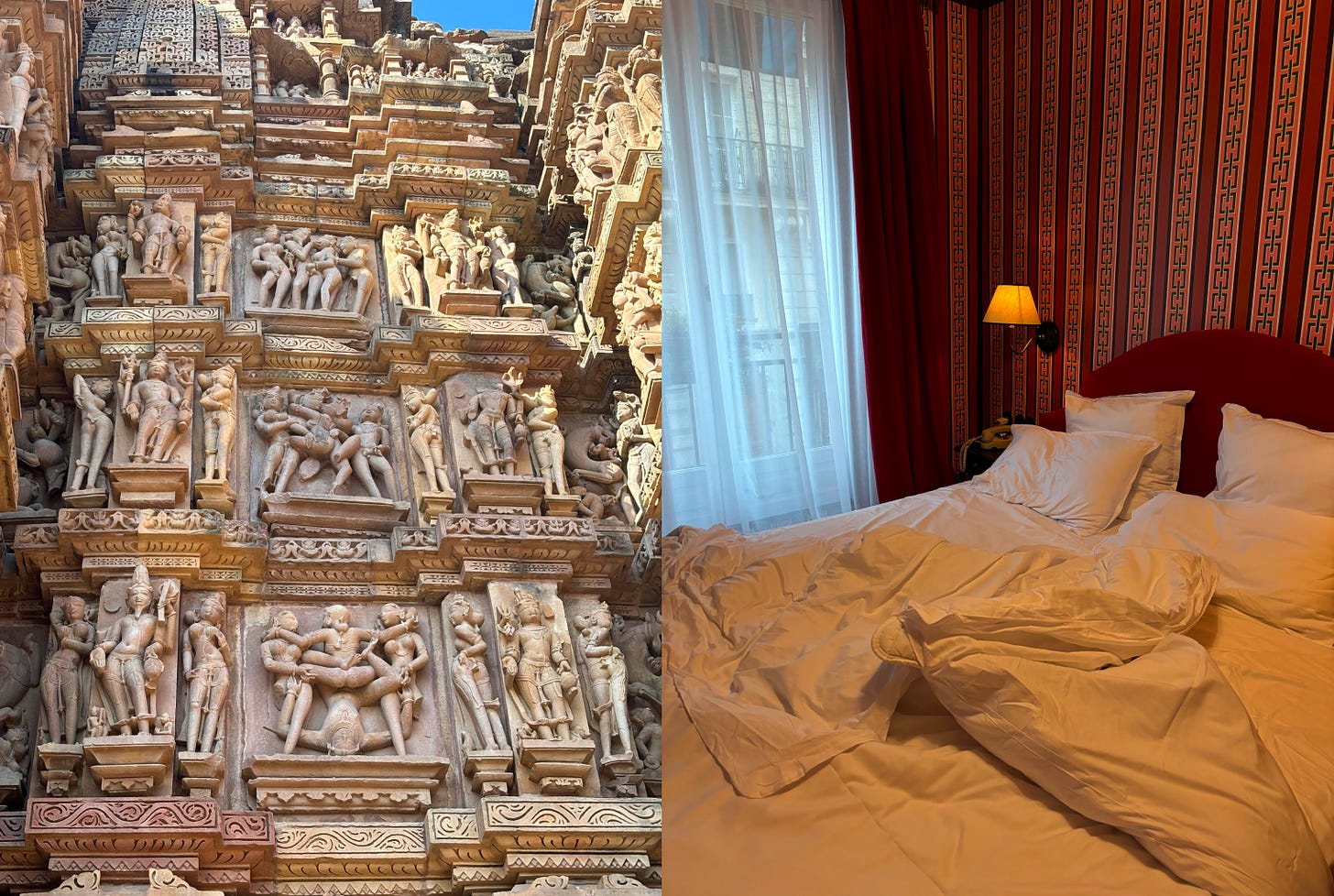
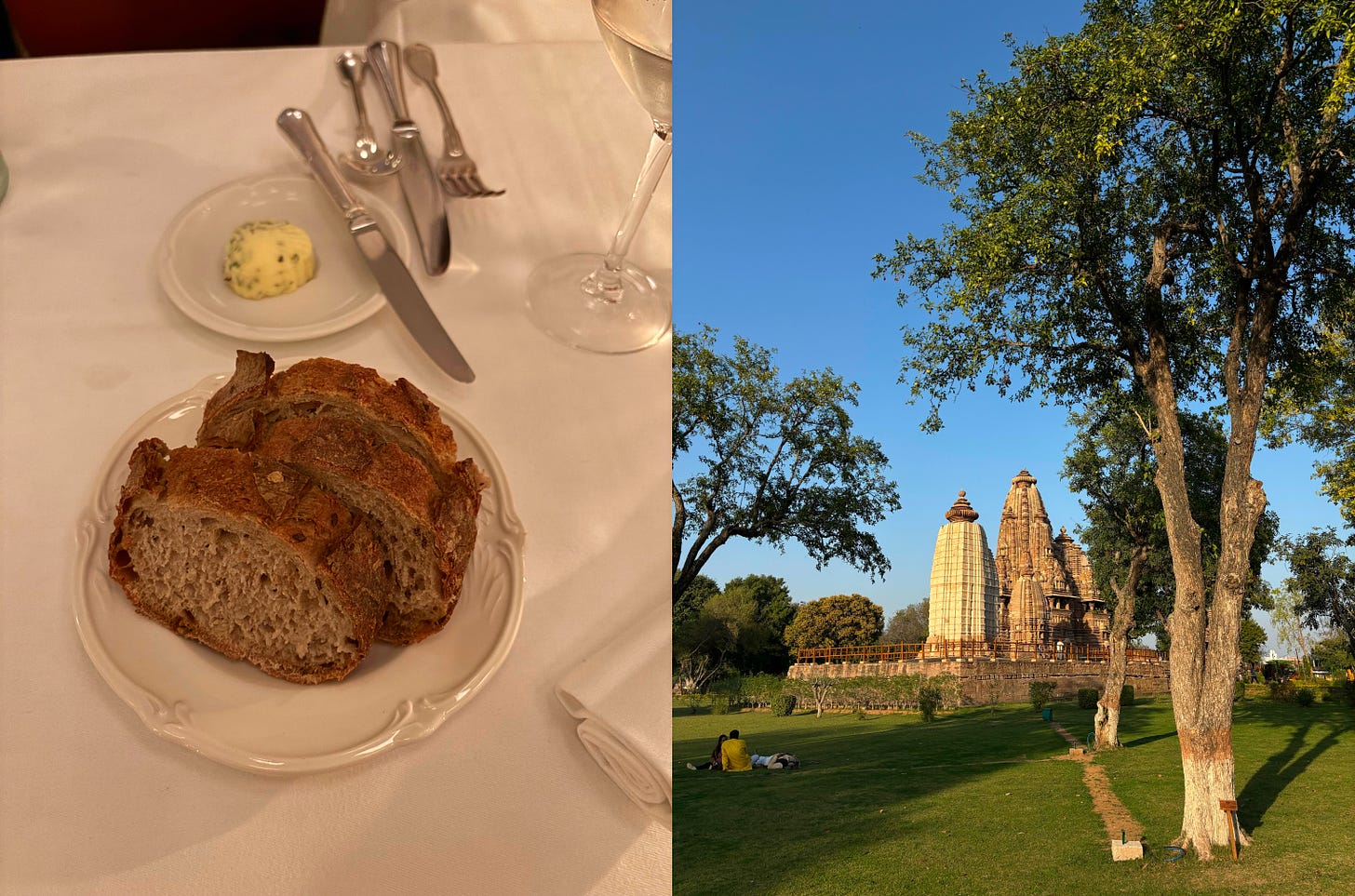
My favorite former neighbor!!!! So happy to see this link up!